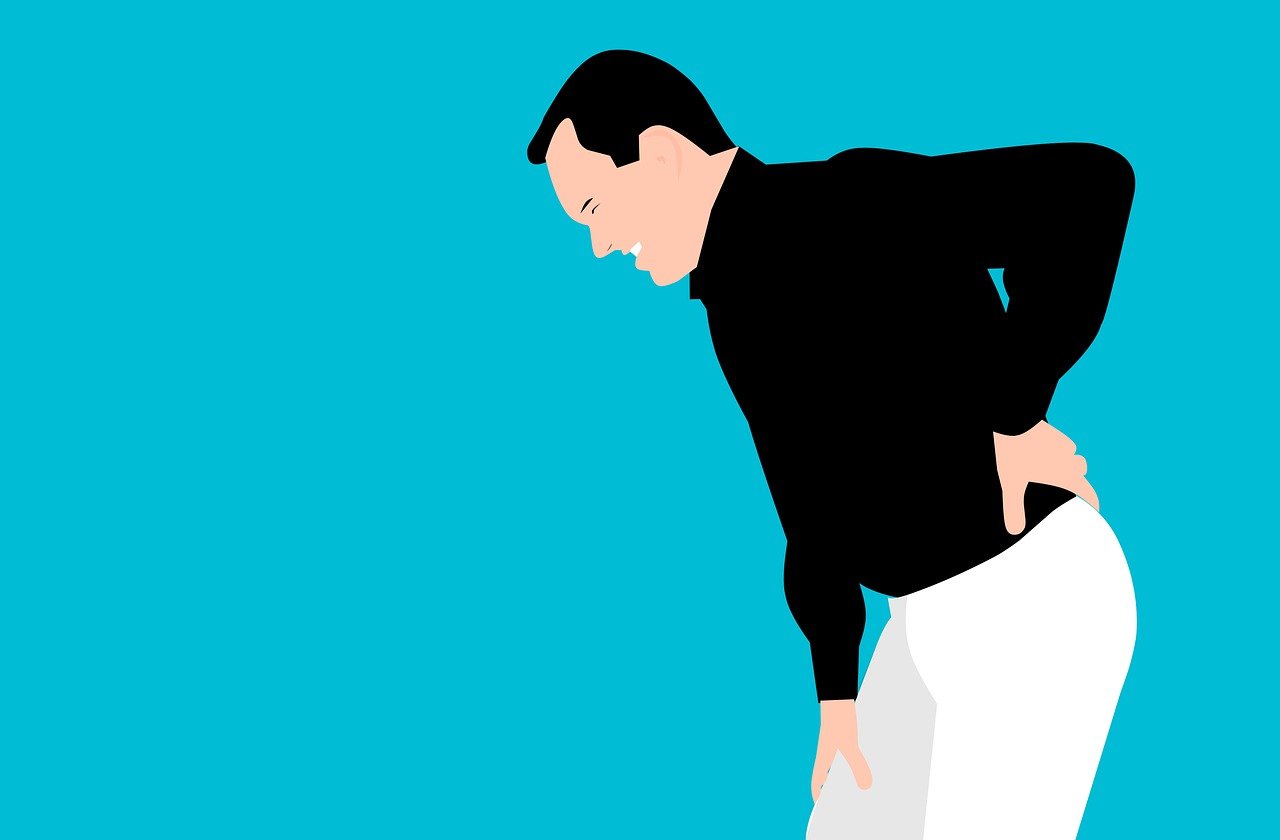Medication may help alleviate the pain of a herniated disk, but overuse could lead to stomach issues like ulcers or bleeding as well as kidney or liver damage. Gehrig takes over-the-counter NSAIDs (such as ibuprofen) but claims they provide only limited relief; her doctor also prescribed muscle relaxants like cyclobenzaprine (Flexeril) and metaxalone (Skelaxin), though these medications have side effects like drowsiness.
NSAIDs
Nonsteroidal anti-inflammatory drugs (NSAIDs) are an excellent solution for back pain. These anti-inflammatories reduce inflammation caused by swollen disks or arthritis in the spine and are available without a valid prescription. Common examples of NSAIDs include Aleve (also called Naprosyn or Naprosin) and Ibuprofen (Advil or Motrin), but others such as creams and gels may cause less side effects than tablets or capsules; additionally combination products combining acetaminophen and NSAIDs might provide even greater effectiveness compared to either alone.
NSAIDs work by blocking pain signals in the brain and chemically reducing inflammation responses, relieving pain conditions such as chronic low back pain. They’re also effective at relieving muscle and joint discomfort from conditions like gout. Although not recommended during pregnancy as they could potentially prematurely close blood vessels essential to development (ductus arteriosus), using smaller doses for short periods is safe and is acceptable.
Acetaminophen
Acetaminophen, commonly found in over 500 OTC and prescription medicines, serves to relieve pain and fever by reducing fever. This sedative-like pain reliever/fever reducer is available on its own as well as being an ingredient of medications to treat allergies, cough, colds and sleeplessness. Acetaminophen can be found as part of Tylenol cough syrups or pain medicines; taking too much may cause liver damage.
NSAIDs may cause stomach irritation and bleeding for some people, and may not work as effectively for back pain than other painkillers such as opioids. If NSAIDs don’t help your backache, your doctor may suggest muscle relaxants which act on the central nervous system to ease spasms of muscles – these medications include Flexeril (cyclobenzaprine), Metaxalone (Skelaxin), and Tizanidine (Zanaflex).
If OTC and prescription medication fail to address your back pain, opioids may provide stronger treatments. Opioids interact with receptors in your brain, nerve pathways, and spinal cord to block pain signals; over time however they can become addictive and lead to other side effects; therefore it’s best used under medical supervision and only for short durations – they shouldn’t be used regularly or by those with certain medical conditions, like heart disease or kidney issues.
Muscle relaxants
Muscle relaxants are medicines designed to relieve muscle spasm and pain by depressing the central nervous system to decrease nerve signals that cause pain and tension. There are two categories of muscle relaxant: centrally acting medications like baclofen and tizanidine are often prescribed to treat conditions related to spinal cord or brain conditions while skeletal muscle relaxants work by decreasing muscle tone in back and neck areas. Both types of medication may lead to side effects like drowsiness, dizziness or confusion and should always be combined with analgesics and physical therapy when prescribed together.
Doctors frequently prescribe these medicines for patients suffering from conditions, including neck and back pain, when over-the-counter pain relievers such as Tylenol(r) (acetaminophen) or nonsteroidal anti-inflammatory drugs (NSAIDs) are no longer effective.
While these drugs can be useful, they shouldn’t be your first line of treatment. According to research, muscle relaxants may not be any more effective than over-the-counter pain relievers in terms of effectiveness. Furthermore, they can become habit-forming and have many potential side effects such as drowsiness, sedation, confusion, blurred vision and gastrointestinal irritation – which may worsen preexisting conditions like liver disease or intestinal problems. For optimal muscle relaxant therapy use, always consult with a healthcare provider on dosage and duration of use.
Physical therapy
Back pain is an increasingly prevalent affliction that impacts many. It may be the result of muscle strain or herniation of discs; nevertheless, spine pain is treatable, though not always immediately or effectively; frequently patients must seek professional advice from physical therapists for successful care.
Physical therapy offers many advantages to its participants. First and foremost, it can decrease reliance on medication with potential side effects or the need for expensive surgery procedures. Furthermore, physical therapy teaches patients how to deal with back pain without resorting to either medications or surgery – leading to improved quality of life for everyone involved.
Physical therapy can also assist those living with chronic low back and neck pain, which is an especially severe problem that has an enormously detrimental impact on quality of life. All 50 states allow individuals access to physical therapy services without needing a physician referral; unfortunately however, most individuals don’t take advantage of this option.
